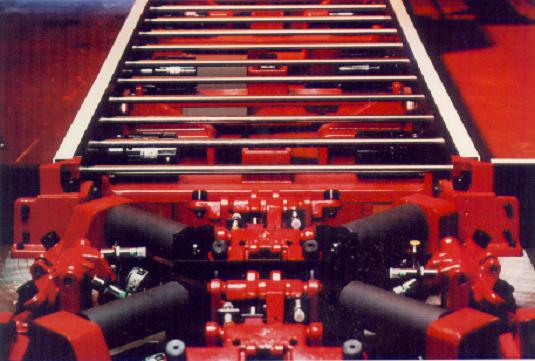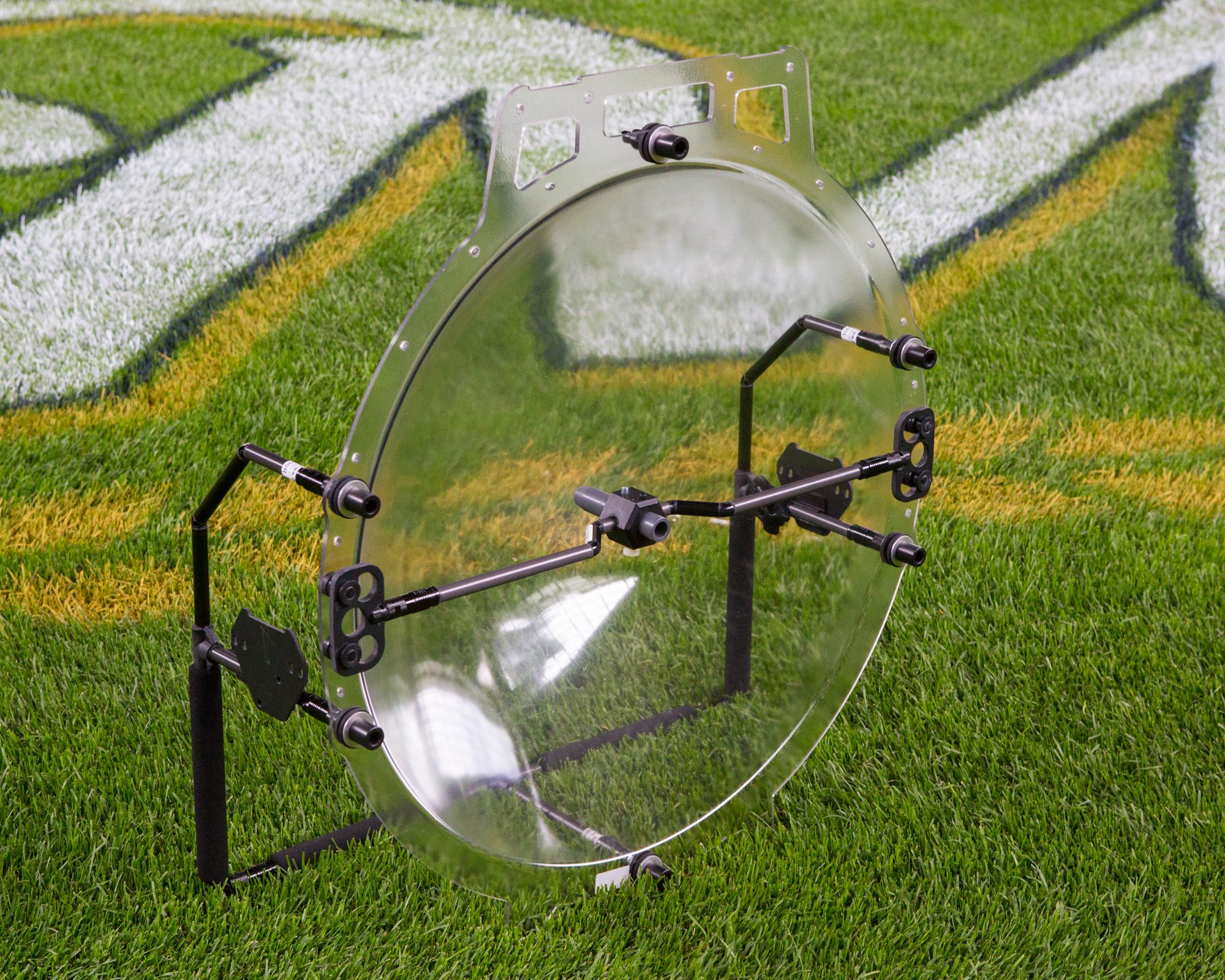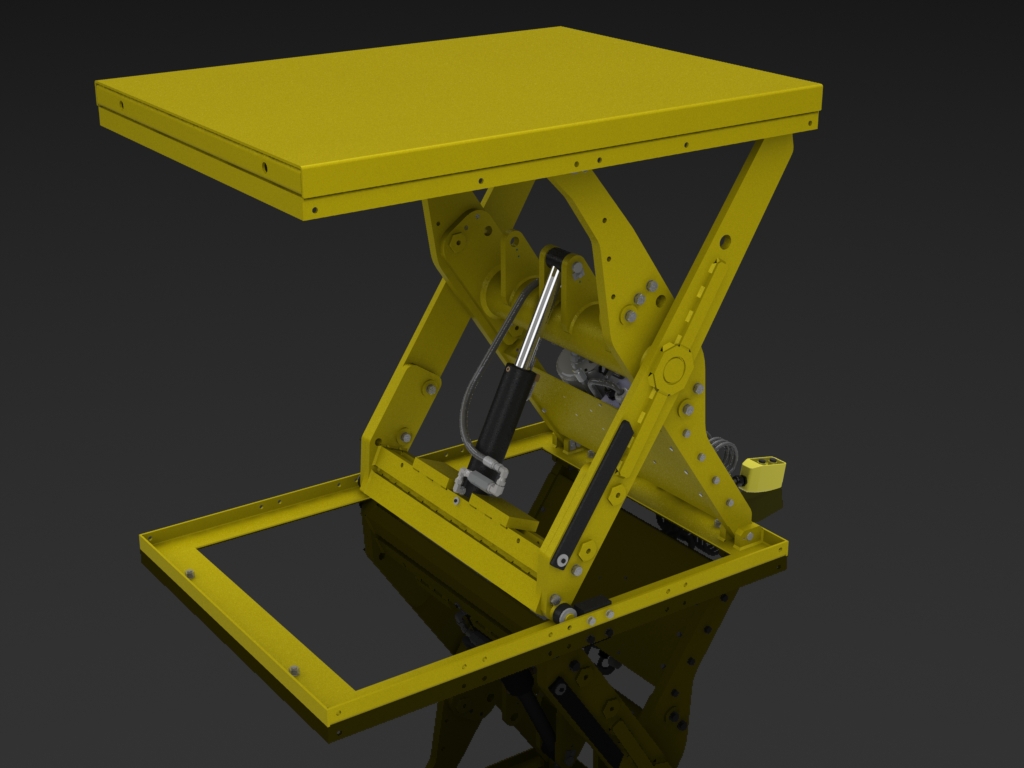Product Development
Innalytical Solutions supports small businesses that lack the staff or experience to conduct product development projects.
Please review our collection of sample projects below.

Client Comments
I had the pleasure of working with Paul for many years at Gilman. He always impressed me with his knowledge, creativity and dedication to his work. Paul is one of the most detail oriented individuals I know. His ability to work through problems and think outside the box is a real asset. I would highly recommend Paul to anyone seeking a true professional in engineering.
Paul was one of the most innovative, creative and motivated engineers I have ever worked with. His willingness to explore new ideas and technologies to infuse them into practical use was inspiring.





